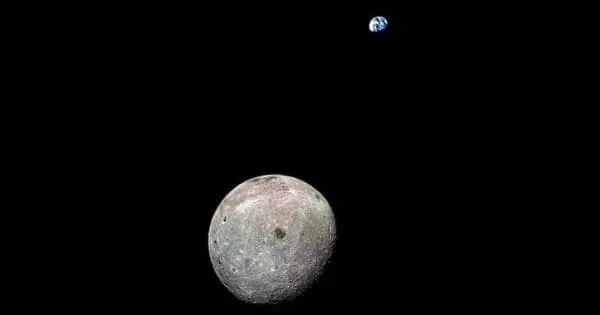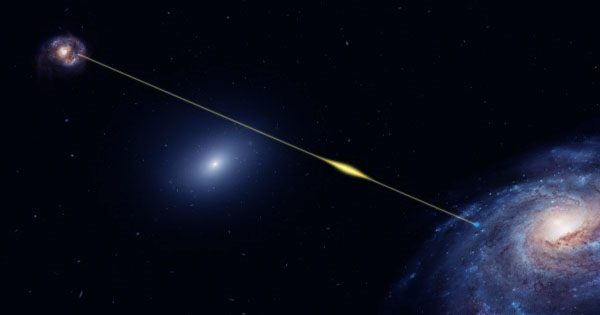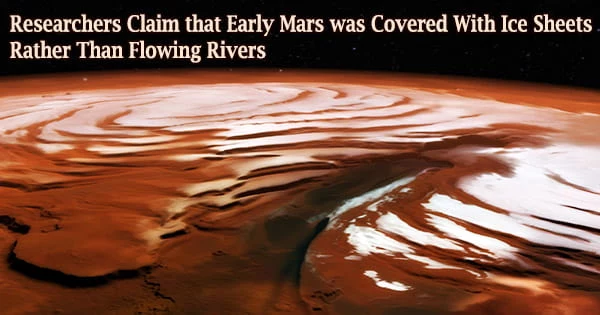The moon’s dusty surface, immortalized in images of Apollo astronauts’ lunar footprints, formed over millions of years as a result of asteroid impacts and the harsh environment of space breaking down the rock. According to a team of scientists, an ancient layer of this material, covered by periodic lava flows and now buried beneath the lunar surface, could provide new insight into the Moon’s deep past.
“We discovered interesting new evidence that this buried layer, called paleoregolith, may be much thicker than previously expected,” said Tieyuan Zhu, assistant professor of geophysics at Penn State. “These layers have remained undisturbed since their formation and may hold important clues to the moon’s early asteroid impact and volcanic history.”
Zhu led the team in a new analysis of radar data collected by China’s Chang’e 3 mission in 2013, which performed the first direct ground radar measurements on the moon. The researchers discovered a 16 to a 30-foot thick layer of paleoregolith sandwiched between two layers of lava rock estimated to be 2.3 and 3.6 billion years old. According to the scientists, the findings indicate that the paleoregolith formed much faster than previous estimates of 6.5 feet per billion years.
We discovered interesting new evidence that this buried layer, called paleoregolith, may be much thicker than previously expected. These layers have remained undisturbed since their formation and may hold important clues to the moon’s early asteroid impact and volcanic history.
Tieyuan Zhu
Throughout its history, the moon has been subjected to volcanic activity, which has resulted in the deposition of lava rock on its surface. With repeated asteroid impacts and space weathering, the rock breaks down into dust and soil, known as regolith, only to be buried by subsequent lava flows, according to scientists.
“Lunar scientists count craters on the moon and use computer models to calculate the rate of regolith formation,” Zhu explained. “Our findings place a limit on what occurred between two and three billion years ago. This is the work’s one-of-a-kind contribution.”
Previous research looked at the dataset, which was created when the Yutu rover sent electromagnetic pulses into the lunar underground and listened for the echoes. Zhu stated that his team created a four-step data processing flow to improve the signal and reduce noise in the data.

The scientists observed polarity changes as the electromagnetic pulses traveled down through the dense lava rock and paleoregolith, allowing them to differentiate between the different layers. “Our paper provides the first geophysical evidence to show that this electromagnetic permittivity changed from a small value for the paleoregolith to a large value for the lava flows,” Zhu said. “We found this polarity shift in the data and created a detailed geophysical image of the subsurface up to a few hundred meters depth.”
According to the researchers, the findings could point to increased meteoric activity in the solar system billions of years ago. They recently published their findings in the journal Geophysical Research Letters. According to Zhu, the data processing tools could be useful for interpreting similar data collected during future missions to the moon, Mars, or elsewhere in the solar system. His team is now collaborating with machine learning technology to improve the findings.
“I would say we used traditional data processing techniques,” Zhu said, “but we looked at the data with more care and designed a suitable workflow for such lunar data because this is a very different environment than Earth. Here at Penn State, we’ve already created this workflow as open-source code for colleagues.”
















